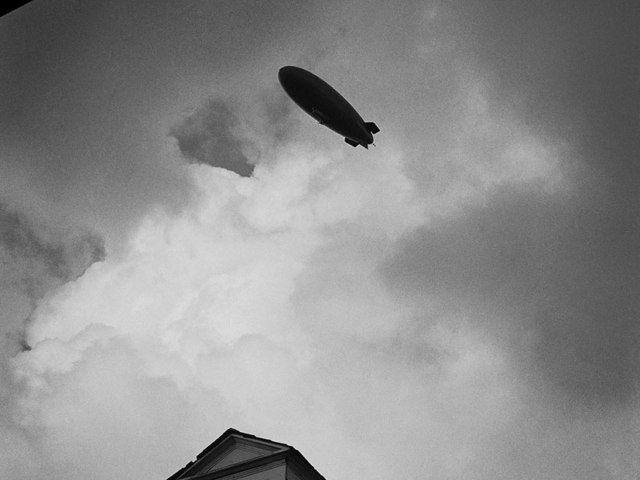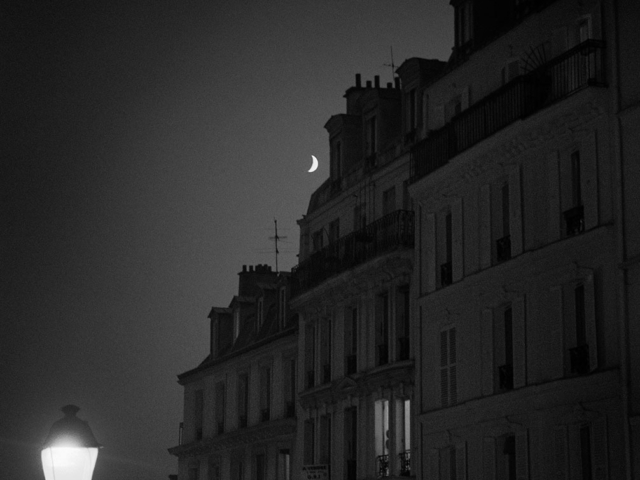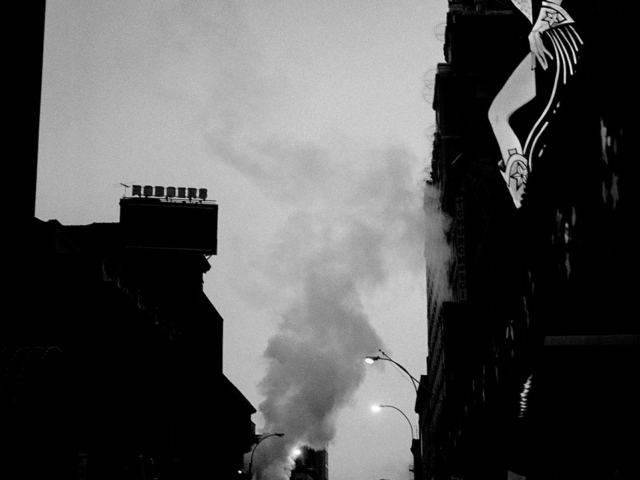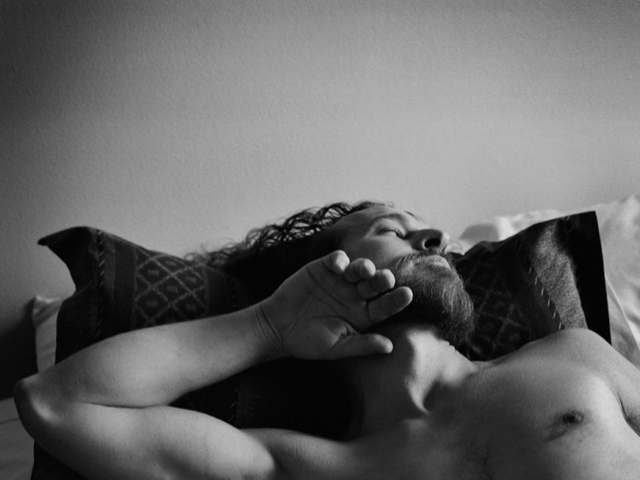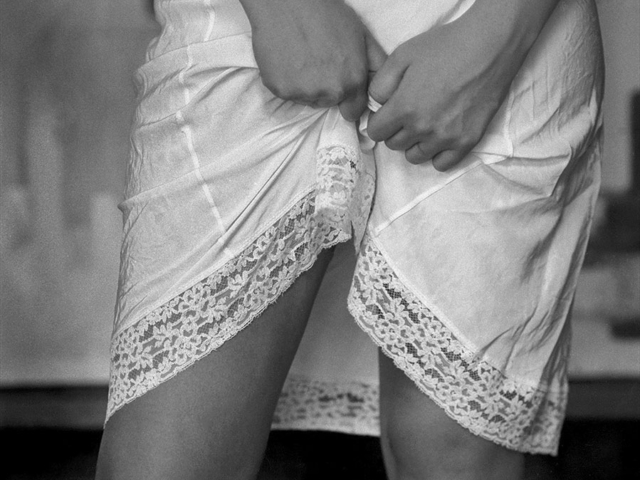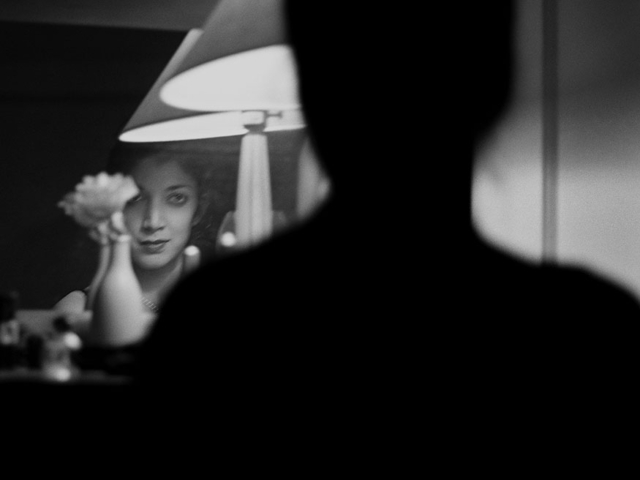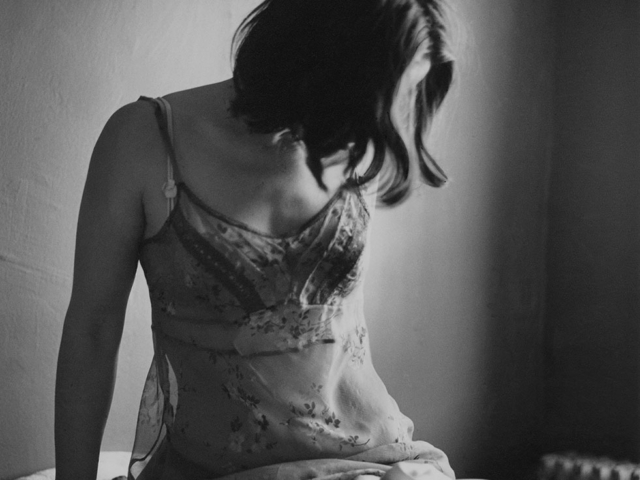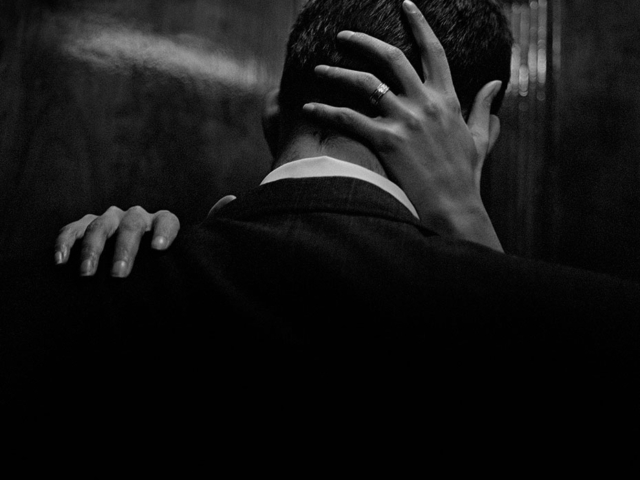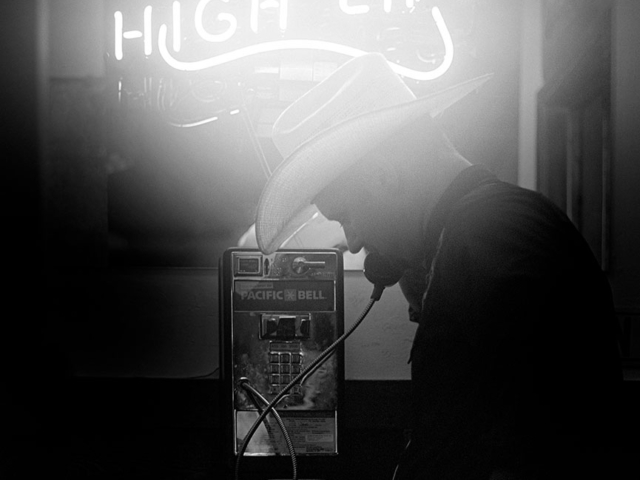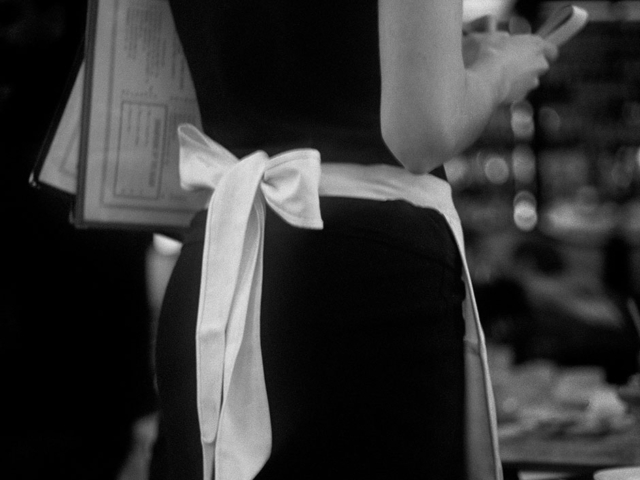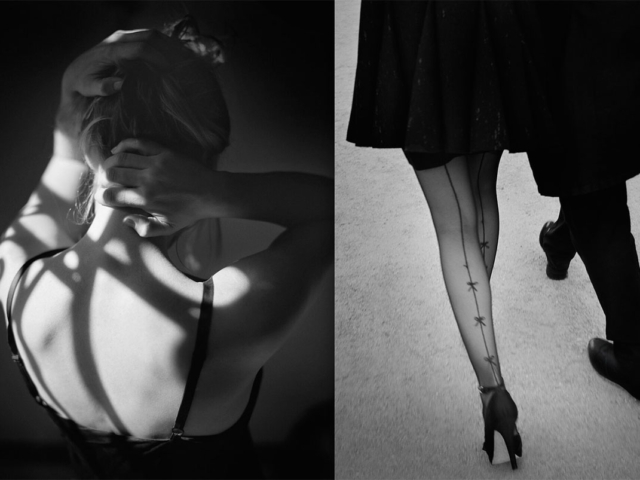Jason Langer
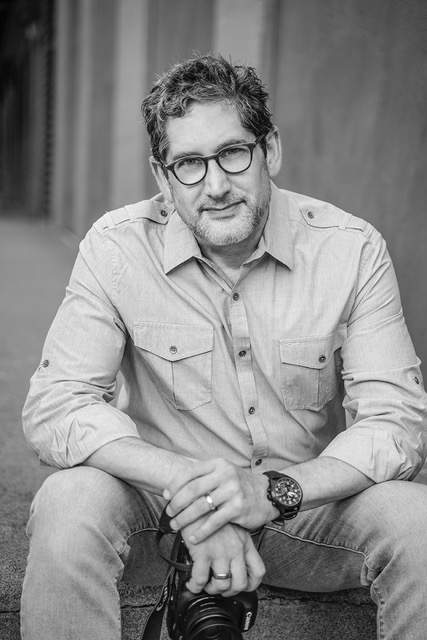
About
Jason Langer (https://www.jasonlanger.com/) is best known for his psychological and noirish visions of contemporary urban life, oftentimes using Buddhist terminology to explain his photographs. Langer’s work has been featured in numerous international photographic exhibitions and museum collections for over 20 years. Langer has published three monographs: Secret City (Nazraeli), Possession (Nazraeli) and Jason Langer: Twenty Years (Radius) which depict urban life with “carefully crafted compositions reminiscent of the symbolist photographers, and swathes of meticulously printed deep black tones…as much Hopper and Raymond Chandler as Steichen” (Bomb Magazine). Langer is also a sought-after photography mentor, having taught photography at the Academy of Art University for 12 years and Santa Fe Workshops since 2014. Langer is known as a mentor in photography, teaching students to use the medium for self-understanding. “Jason seems to have absorbed the entirety of photo history, particularly the so-called “New York School”, identified by historian Jane Livngstone in her book of that title from the early 1990’s: Arbus; Avedon; Brodovitch; Croner; Davidson; Donaghy; Faurer; Frank; Grossman; Klein; Leiter; Levinstein; Levitt; Model; Vestal and Weegee. Jason loved shooting the city and printing it very darkly. He is a classicist. He is contemporary guy who sees things though more modern eyes.” – W.M. Hunt Langer is currently working on a fourth book – Berlin.
Gallery
LACP Interviews Jason Langer
LACP asks Jason Langer ten questions about his background, career in and beliefs about photography.
Los Angeles Center of Photography: What kind of photographer are you?
Jason Langer: I like to use the camera to explore subject matter that I am curious about and that is personal to me. I tend to make images that include people and are oftentimes in urban settings. Solitude, impermanence and eroticism are common themes in my work. Most of my photographs are made for the purposes of self-understanding.
LACP: How long have you been shooting?
JL: I started making pictures in 1980 when I was 12. Since then, there was never a time in my life when I was not exploring my world with a camera.
LACP: Where did you get your training?
JL: I received a liberal arts education with an emphasis in photography from the University of Oregon, my home state. I then apprenticed with landscape photographer Michael Kenna for five years in San Francisco. I was his first assistant. I would also consider printing for various photographers for 15 years part of my training.
LACP: When did you know you wanted to devote your life to photography?
JL: When I first walked into a darkroom and smelled the chemistry as a 7th grader.
LACP: Did you ever come close to giving up?
JL: Yes, many times. The first time was post 9/11 in 2003 when I decided to take a part-time job doing data entry for Stanford University. Very quickly though it turned into a creative photography gig. It turned out that Stanford needed headshots of their instructors so I was able to parlay the data entry job into a corporate gig where I was able to charge $300 plus expenses for each faculty member headshot.
The next time I thought of quitting was about five years ago as I was having a hard time keeping up with all the changes in the industry combined with caretaking my son who was born with behavioral issues. I kept photographing for personal reasons. My son’s behavior started to change for the better and I was able to devote more time to photography. I found that the more time I spent doing it, the more fulfilling it became and my interest was reignited. I also found ways to adapt to all the recent changes photography has undergone in the last 10 years.
LACP: Have you sacrificed anything by being a photographer?
JL: This is the first time I’ve ever spoken of it, but it seems to me that being an artist and having children are diametrically opposed. For me, one costs some of the other no matter how I have engaged with the two. I have tried to have both a family and a life in photography and both have cost me. Photography to me has always been a solitary pursuit, whether it comes to the creative aspect of making pictures or running a business. It is incredibly time-consuming and requires the greatest dedication and concentration in order to succeed at it. Family vacations I think are things that most people look forward to. I have always seen them as time away from photography as a personal pursuit. Photography has also represented time away from family as I practice it mostly in solitude. I have tried to maintain balance between making art, running a photography business, being married and having children. It’s a lot of work on both sides of the spectrum, but I am glad I made the choice to try and have both in my life.
LACP: What have you gained by being a photographer?
JL: I have always been first and foremost an observer of life rather than a full participant in it. Photography has given me an opportunity to both take part in some of life’s experiences and explore it photographically simultaneously. Photography has also given me a way to make a “mark” on this world where I am enjoying a brief stay. My photographs and books will be handed down to my children and grandchildren as representations of how I saw and experienced the world while I was in it. I have also gained a tremendous amount of self-knowledge and experience about the world around me.
LACP: What classes do you teach at LACP?
JL: “Our Inner Monologue” I also have experience teaching at the Academy of Art University, San Francisco (12 years), Newspace for Photography (Portland), Santa Fe Workshops and Medium San Diego.
LACP: What do you love most about teaching?
JL: I love seeing student’s work transform to become a clearer expression of them as artists. I have also seen students become much more confident photographers as they gain better understanding of their work and themselves. I love seeing students shed old skin of outdated, stale ways of making pictures and find new methods of exploring the world photographically and creating bodies of work that are clearer expressions of their true selves. Students who take risks are oftentimes rewarded to greater degrees and this is always exciting to see.
LACP: What advice would you give someone who is thinking about making a career in photography?
JL: Find the elements of your work that makes you a unique seer. Keep your work as personal as possible. Keep your life simple so that you can spend most of your time single-mindedly focused on photography. Stay in touch with the outer world so you can see what is happening in the larger photographic milieu. Find and make good business practices centered around making money and self-promotion for about 30% of your time. The rest should be spent on making art. Get used to searching for grants and other financial sources to help you make your photographs. Keep a good reputation. Business and interest in your work comes and goes but your reputation should stay as positive as possible through the years as that reputation tends to last. Stay positive. Develop the friendly social part of yourself even though it may be against your nature. Learn to shift gears between being social and concentrating on your solitary pursuit. Be kind to people. Be kind to yourself. Learn by doing. Your work will naturally get better just by the act of making more of it and showing to people whose opinions you respect. Don’t give up. Photograph what you love.
